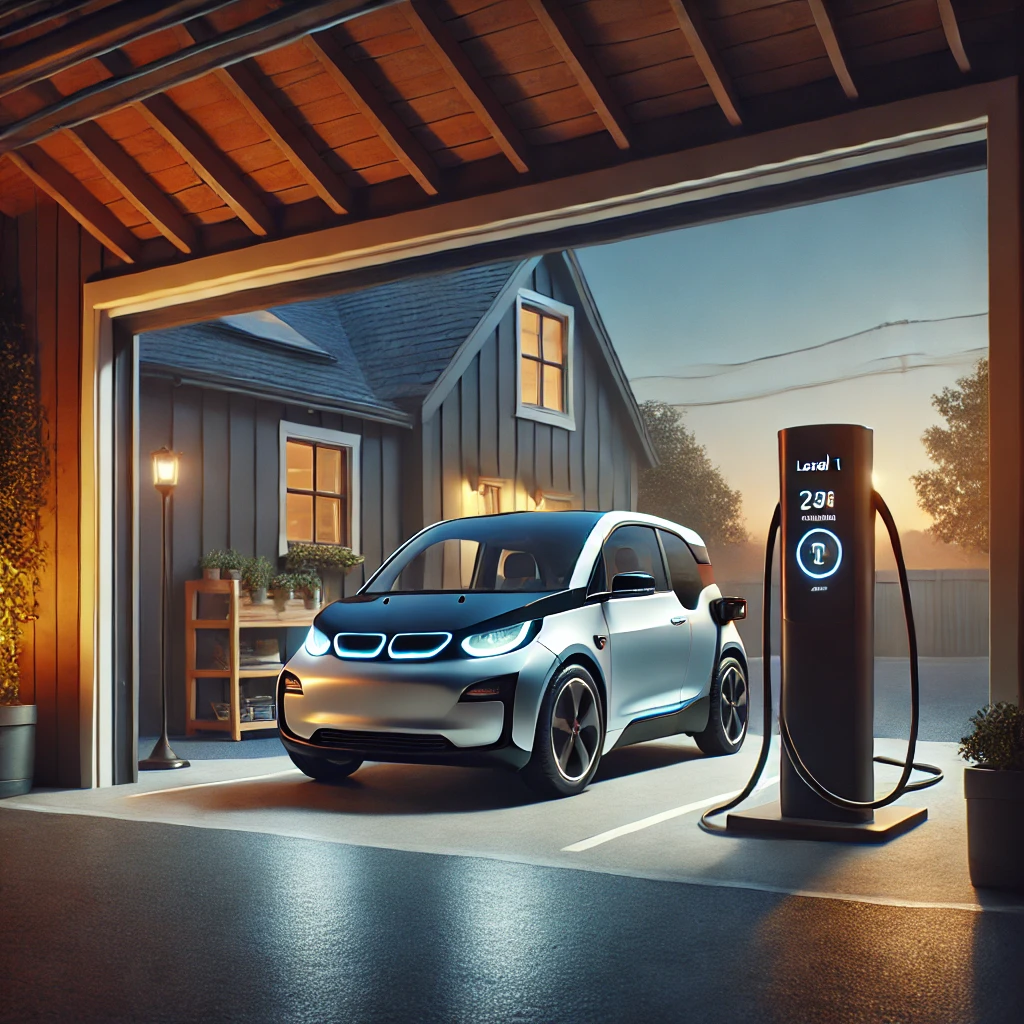Slow Charging for Electric Vehicles (EVs)
Last Updated At: 2025-12-04 Author: Sarah
[Car Tech Knowledge/ XNmotors]
Slow charging, also known as Level 1 or Level 2 charging, refers to the process of charging an electric vehicle using lower-power chargers, usually between 3 kW and 22 kW.

Source: AI generated
This method uses alternating current (AC) and is often employed for overnight charging or at workplaces where vehicles are parked for extended periods.
Level 1
Level I chargers, typically found in home outlets (120V in the U.S. or 230V in Europe), provide a charging rate of about 1.5 kW to 2.3 kW. It can take over 20 hours to fully charge a vehicle with a large battery using a Level 1 charger, making it ideal for drivers who don’t use their car extensively each day.
Level 2
Level 2 chargers, more common at home charging stations or public chargers, deliver power in the range of 7 kW to 22 kW. This significantly reduces charging time, allowing a Level 2 charger to fully recharge most EV batteries within 4 to 10 hours, depending on the vehicle and charger specifications. This makes Level 2 chargers suitable for overnight charging at home or during the workday at the office.
Slow charging is often more cost-effective, particularly when done at home, as electricity rates during off-peak hours are generally lower. Many EV owners program their vehicles to charge overnight, minimizing both cost and grid strain. Additionally, slow charging places less stress on the battery, minimizing heat generation and reducing wear and tear over time. This approach helps prolong the overall lifespan of the battery, making it the preferred charging method for daily use.
While slow charging takes longer, it is commonly found at public spaces such as shopping malls, residential complexes, and workplaces. These locations are convenient for topping up your battery while the vehicle is parked for several hours, although it might not provide a full charge for large batteries.
In conclusion, both fast and slow charging methods have their respective advantages. Fast charging is crucial for drivers needing quick top-ups during long trips, while slow charging is ideal for routine, overnight use where cost savings and battery longevity are prioritized.
( Article / XNmotors Sarah )
Comments
No comments yet. Be the first one to comment.